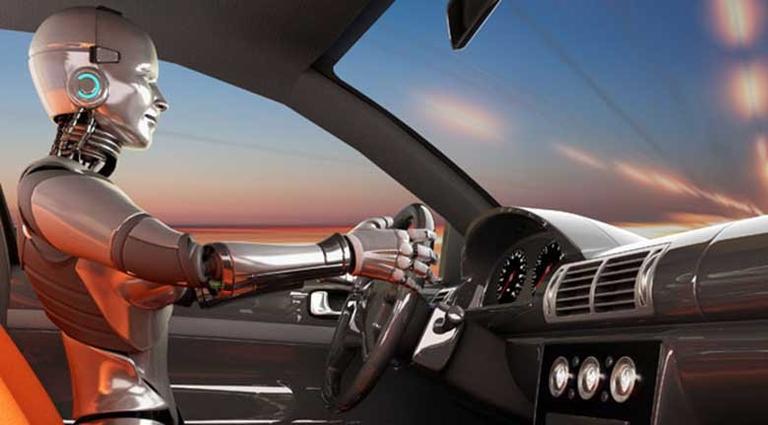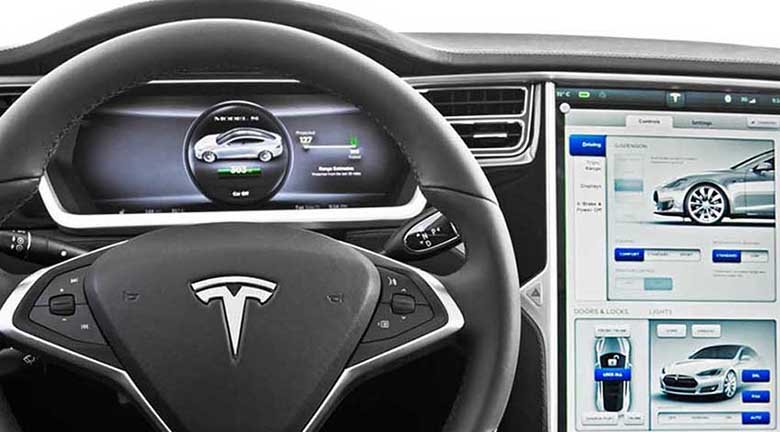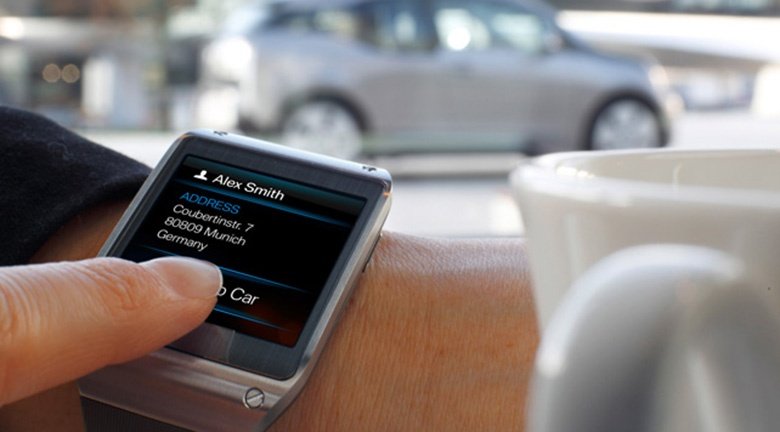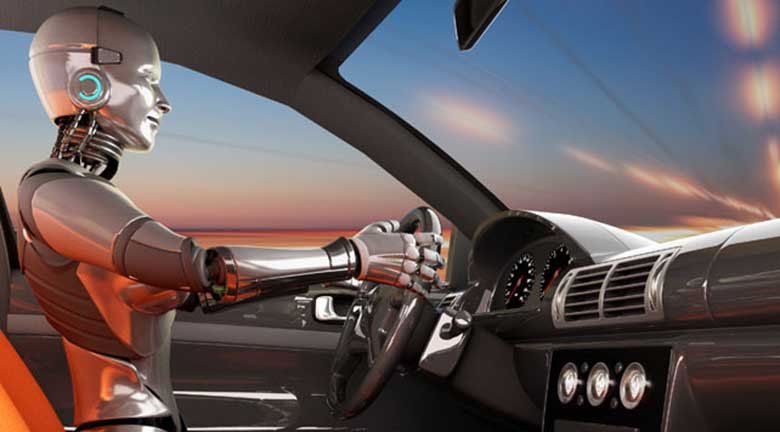How can traditional and autonomous cars co-exist?

It seems like only a matter of time before autonomous cars become "de rigueur" on public roads, but what happens next? Consulting firm McKinsey has plotted out the future for private transportation, and there are some massive changes on the way.
McKinsey is a consulting firm that tasks world-renowned thinkers with tackling future issues, and the company has recently turned its attention to the automotive industry.
As an advisor to leading businesses, institutions and even governments around the world, McKinsey knows what it's talking about, and its latest report on the topic gives a fascinating insight into the car industry.
At present, the range of cars on offer and in development globally couldn’t be more varied. There are traditional and electric cars, connected and semi-autonomous vehicles that can do everything from braking to avoiding accidents to parking themselves, and a number of fully autonomous cars currently undergoing testing around the world.
Can they all easily co-exist though, and what happens as we move from one to the other?

Welcome to the electric world
Most big cities around the world suffer from horrific traffic congestion and parking issues and it’s obvious that something has to change. With governments worldwide playing a large hand in the legislation and development of cars, it looks like the future is electric, in the short term at least.
Incentives to go electric are happening worldwide — you don’t need to pay VED (Vehicle Excise Duty) on an electric car in the UK, and there are also tax rebates available in other countries too. Legislation may lead to electric cars becoming more popular, but what happens next?
“The car of the future will be connected,” adds McKinsey, “able not only to monitor, in real time, its own working parts and the safety of conditions around it, but also to communicate with other vehicles and with an increasingly intelligent roadway infrastructure.”
We’re already starting to see that happen, with smart cars that pack in everything from radar technology to help them monitor what’s going on around them, to tech that can help cars to send out an alert if there’s a problem, letting vehicles around it know that they need to brake.
It may be a long way from a fully autonomous future, but the rise of the connected car could be a radical way of improving road safety in the meantime.
It’s not all good news for car manufacturers, though, with the shift from mechanical know-how and manufacturing to silicone and software meaning companies will need to attract talent from outside the traditional industry, and McKinsey adds that the most difficult challenges may lie in cybersecurity.

A change in the way we think about cars
With more and more tech being crammed into cars, and driving potentially becoming less enjoyable and definitely less engaging, it’s time to think about whether we actually need to own our own cars.
This is something that was thrown up when we spoke to Brad Templeton, who explained that the idea of autonomous cars will help a lot more options appear, with people choosing to hire, share or borrow cars on demand, and this was backed by McKinsey’s report, which added: “Technology and connectivity pose the question of whether it’s necessary to own an automobile.”
Although a rise in car sharing may not necessarily lead to fewer cars being made, it would make a massive difference to the number of vehicles on the road at any particular time, along with revolutionizing parking in urban areas.

It’s finally time for the autonomous car
All of these are just steps to the fully autonomous car though, and although both McKinsey and Templeton see conventional cars continuing for quite a while, it’s only a matter of time before autonomous cars hit the road, with the potential to save millions of lives.
With a terrifying 90 percent of accidents caused by human error, even the most ardent car enthusiast will struggle to argue against autonomous vehicles on safety grounds, and the introduction of connected tech shows that vehicles can be programmed to avoid accidents when it’s needed, and its technology that will only get better with time.
Change is always hard
Technological issues will remain, says McKinsey, but it seems that the transition period will be the toughest, where regular, ‘old-school’ cars will share road space with connected and autonomous cars. Technology can do a lot, but we’ll still be at risk of human error. It’s an extremely bright future though, and McKinsey adds:
“If we imagine cars programmed to avoid a crash — indeed, programmed never to crash — we envision radical change… Crash-free vehicles mean no traffic police, no ticketing, no alcohol-impaired driving.”
We’ve already seen autonomous cars without regular controls, but manufacturers would also be able to ditch safety features like crumple zones and airbags – things that massively dictate the form and styling of current cars. If McKinsey is right, then car designers will be able to practically rip up the rule book and start afresh, leading to much lighter cars with more space inside and smaller dimensions outside — and as long as we’re willing to embrace change it seems like there are almost no down-sides.
Not every researcher is in agreement on the value of self-driving cars, though. Watch out next week for a counterpoint from one group of university researchers
Have your say
Sign up for our newsletter
Why sign up:
- Latest offers and discounts
- Tailored content delivered weekly
- Exclusive events
- One click to unsubscribe


